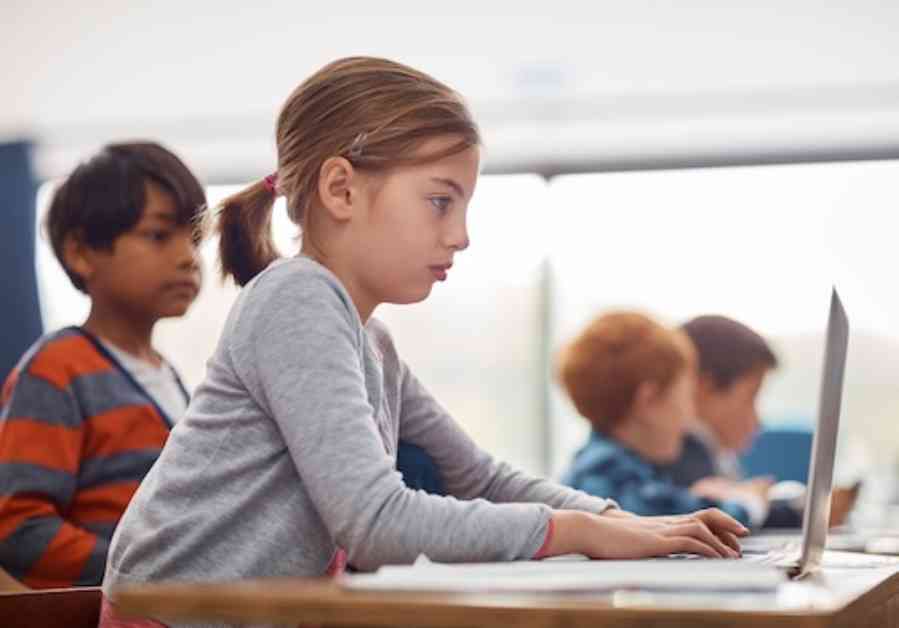Teaching writing today is akin to conducting an orchestra, bringing together various elements to create a harmonious composition. Just as a conductor merges instruments and dynamics to produce a cinematic score, educators assist students in utilizing digital tools to communicate effectively. While conversations surrounding classroom technology often highlight the end-product possibilities, the focus should shift towards the process that leads to the final outcome.
Over the years, the emphasis in writing instruction has oscillated between the final product and the processes involved in reaching that stage. The advent of digital tools has reignited the spotlight on the product, but it is crucial to equip students with the skills to compose, not just write. This article aims to provide educators with practical strategies to guide students through a creative composing process, emphasizing topics traditionally associated with “presentation” to enhance meaning-making.
Exploring the Steps of Digital Composing
In a recent endeavor with a group of 5th graders in a Digital Composing Club, we delved into the creative process using tools like Google Chromebooks, Adobe Creative Cloud, and Screencastify. Through tasks such as creating infographics, writing blog posts, and designing thank-you messages, we identified 11 distinct steps that children undertake when composing digitally. These insights shed light on how students can effectively utilize digital resources beyond mere presentation, encompassing a range of multimodal elements to convey meaningful messages.
Enhancing Classroom Connections
Digital platforms offer students myriad ways to express themselves by integrating text, images, space, audio, and design tools. To maximize the potential of these tools, explicit instruction on the composing process is essential. Three key process activities—selection, manipulation, and completion—can significantly enhance the quality of the final product.
Selection involves choosing the appropriate resources, such as words, images, and layouts, to convey ideas effectively. Teaching students to make informed decisions about their selections aids in translating ideas across different modes of communication. For instance, engaging students in activities like creating quote slides or crafting six-word memoirs can sharpen their selection skills and deepen their understanding of textual and visual connections.
Manipulation entails arranging text and visuals in a coherent manner to guide the audience’s interpretation. By encouraging students to think like designers and work on projects like infographics, educators can instill the importance of spatial organization and visual hierarchy in communication.
Completion focuses on sharing work with an audience, fostering pride and real-world skills in students. Activities like tech scavenger hunts and sharing final products on digital platforms help students navigate the process of publishing their creations while honing essential digital literacy skills.
In conclusion, teaching students how to compose digitally adds a valuable layer to their education, equipping them with skills that extend beyond the classroom. By incorporating quick mini-lessons and real-time feedback into writing/composing sessions, educators can seamlessly integrate these concepts into their lessons, preparing students to be confident and creative communicators in an ever-evolving digital landscape. Just like a conductor guides budding musicians, teachers play a pivotal role in helping students navigate the composing process with finesse and skill. With the right guidance, students can learn to compose—not just write—and communicate effectively in the digital age.
• Author: Brett Stamm, University of Southern Mississippi
• Recent Posts: Brett Stamm is a husband, dad, educator, and persistent learner with 20 years of K-8 public school teaching and administrative experiences. He currently serves as Assistant Professor of Elementary Education at the University of Southern Mississippi and is an AERA Study of Deeper Learning Fellow.

